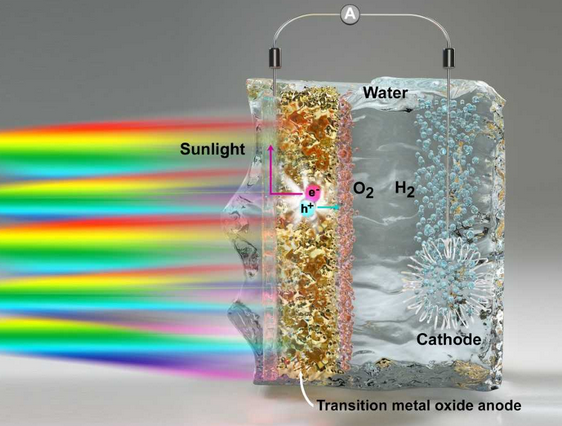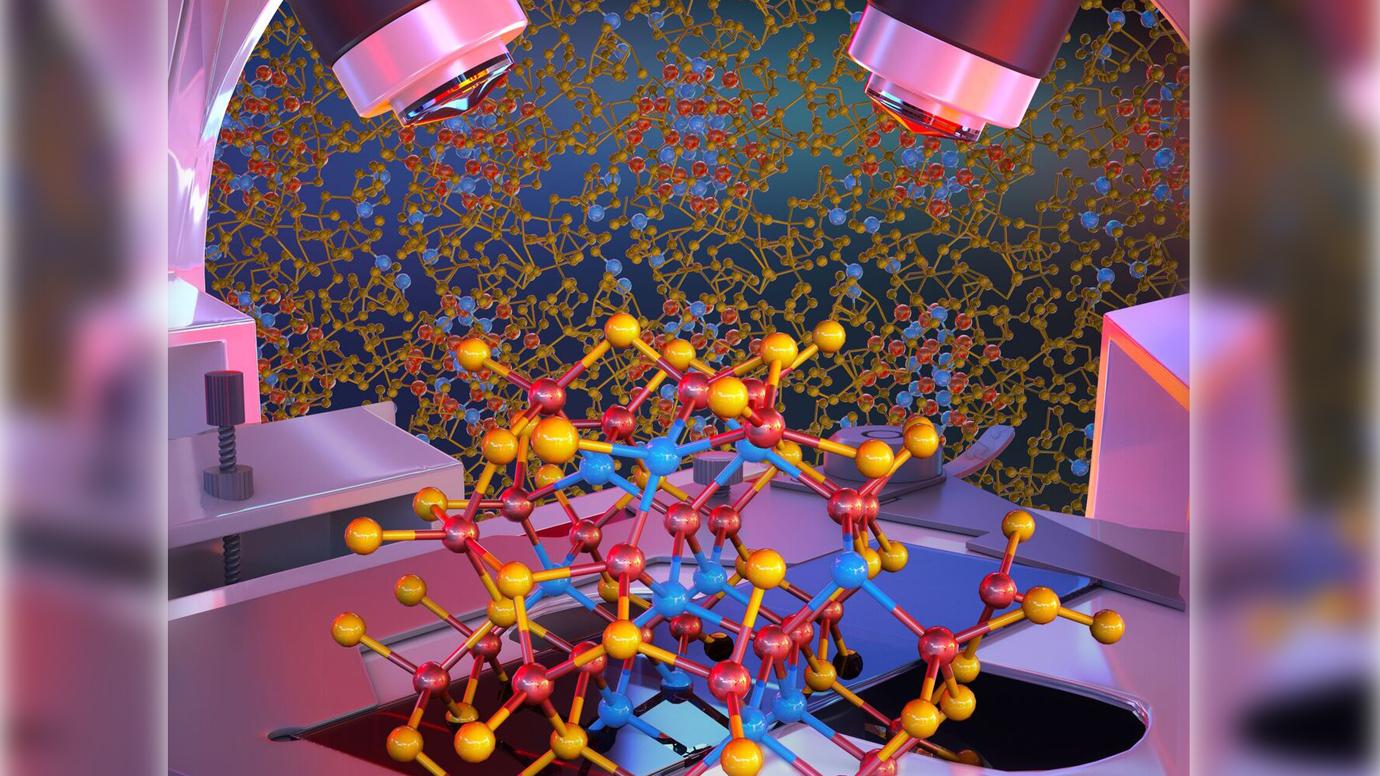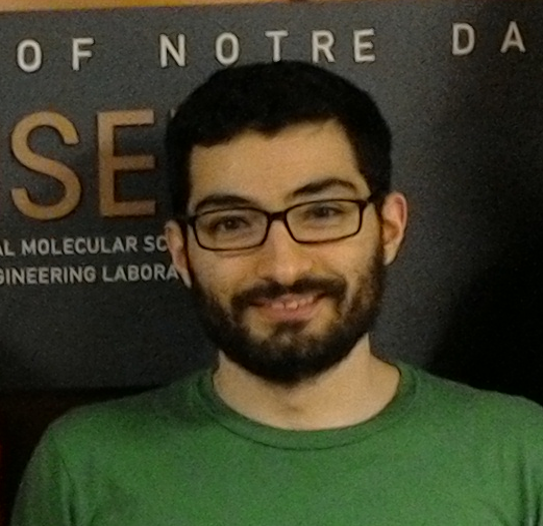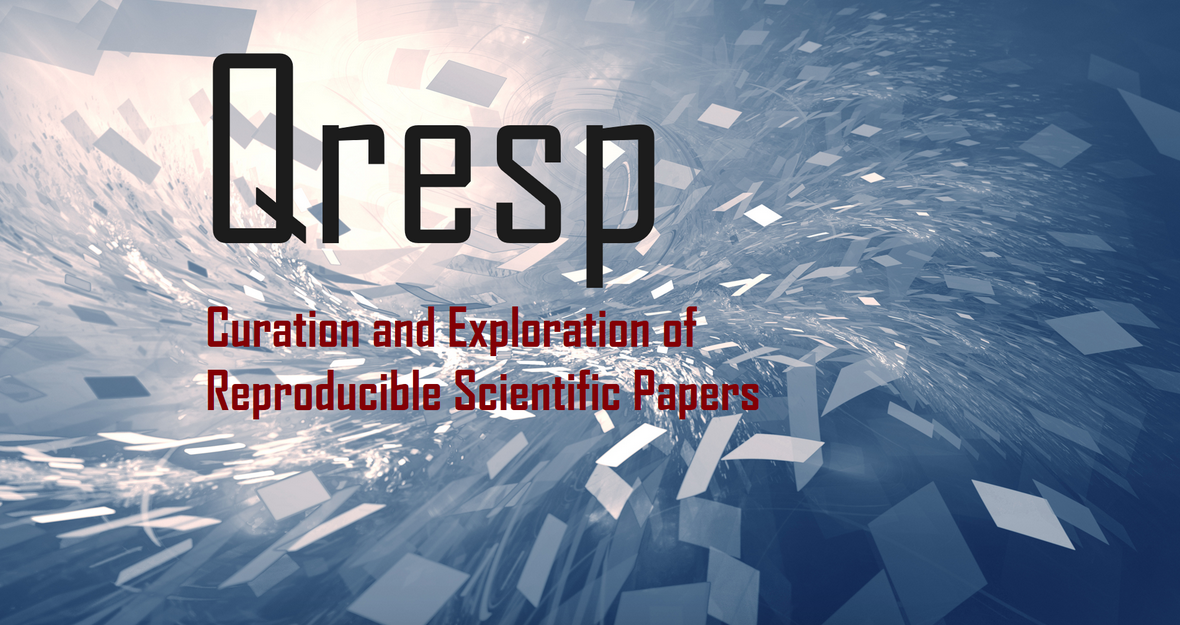Scientific Highlights
► Solar to Fuel: Interfacial Insights from First Principles► Digging up Design Principles at the Buried Interfaces of Nanocrystalline Solids
► Unraveling the Thermodynamic Tug-of-War that forms Polyelectrolyte Complexes
► Curating and Exploring Scientific Papers with Qresp
Solar to Fuel: Interfacial Insights from First Principles

The design and optimization of photoelectrodes for artificial photosynthesis are critical to achieving sustainable solar to fuel conversion technologies. Most computational screening of materials so far has focused on bulk properties, leaving the critical water/photoanode interface poorly understood. In this paper, published in Nature Materials, MICCoM scientists employed first-principles codes developed in the center to investigate a promising photoanode for water oxidation, tungsten trioxide (WO3). They identified three major factors determining the chemical reactivity of the material interfaced with water: the presence of surface defects, the dynamics of excess charge at the surface, and finite temperature fluctuations of the surface electronic orbitals. Being generalizable properties, these key computational insights will aid the interfacial molecular engineering of oxide photoabsorbers for water oxidation.
This study employed the MICCoM codes












